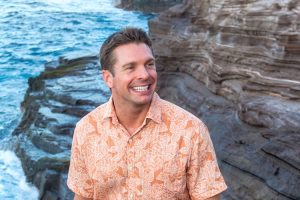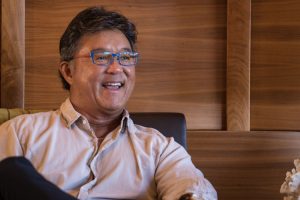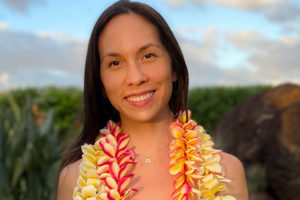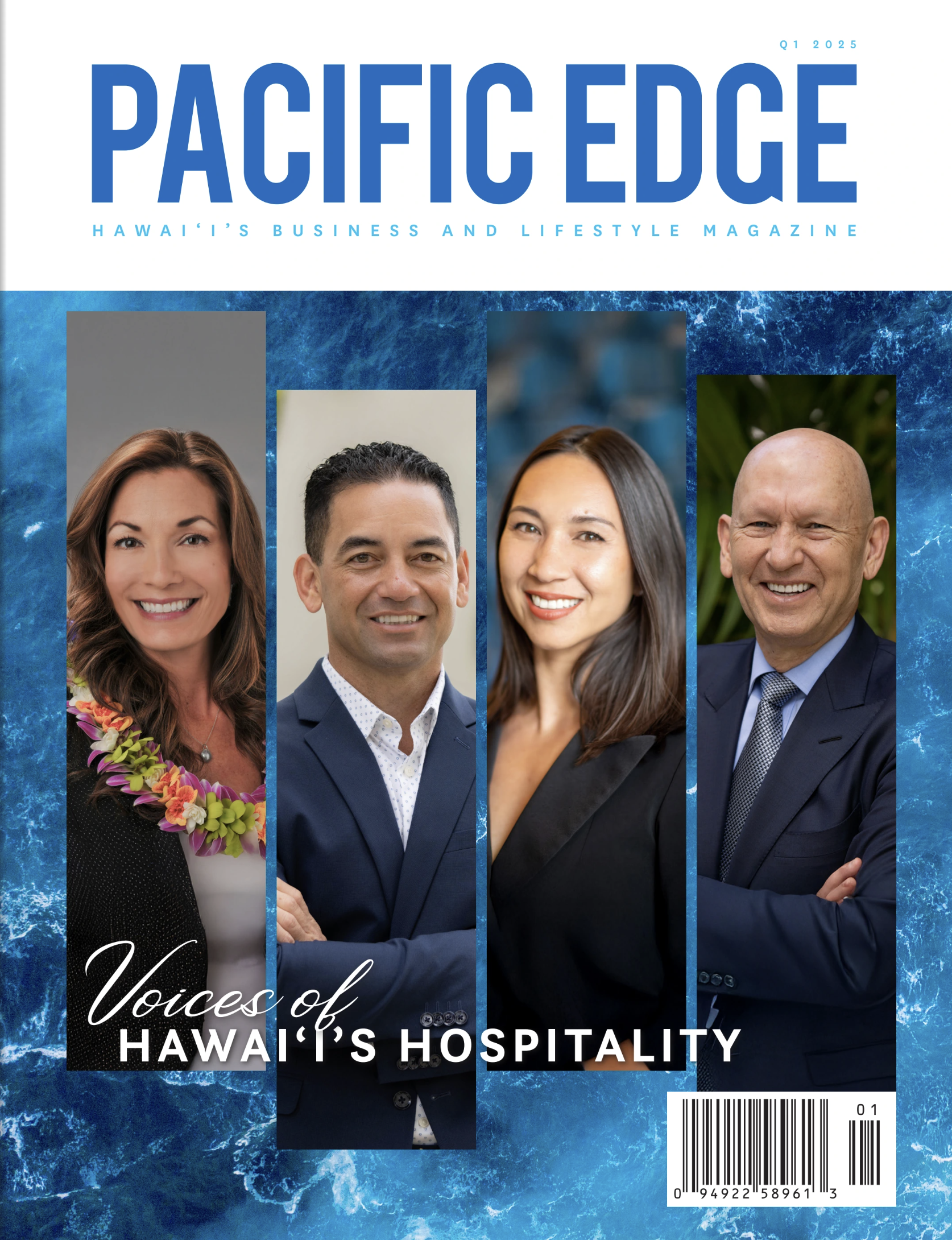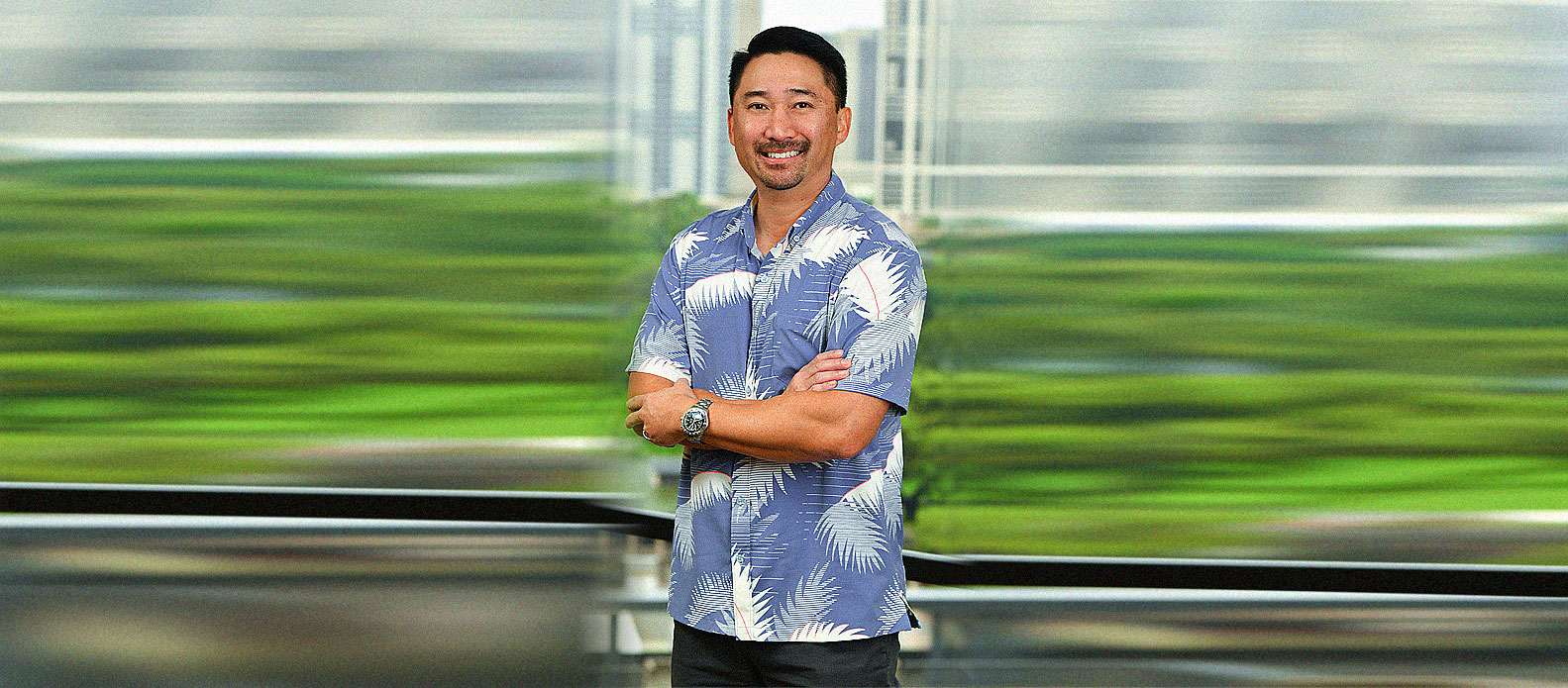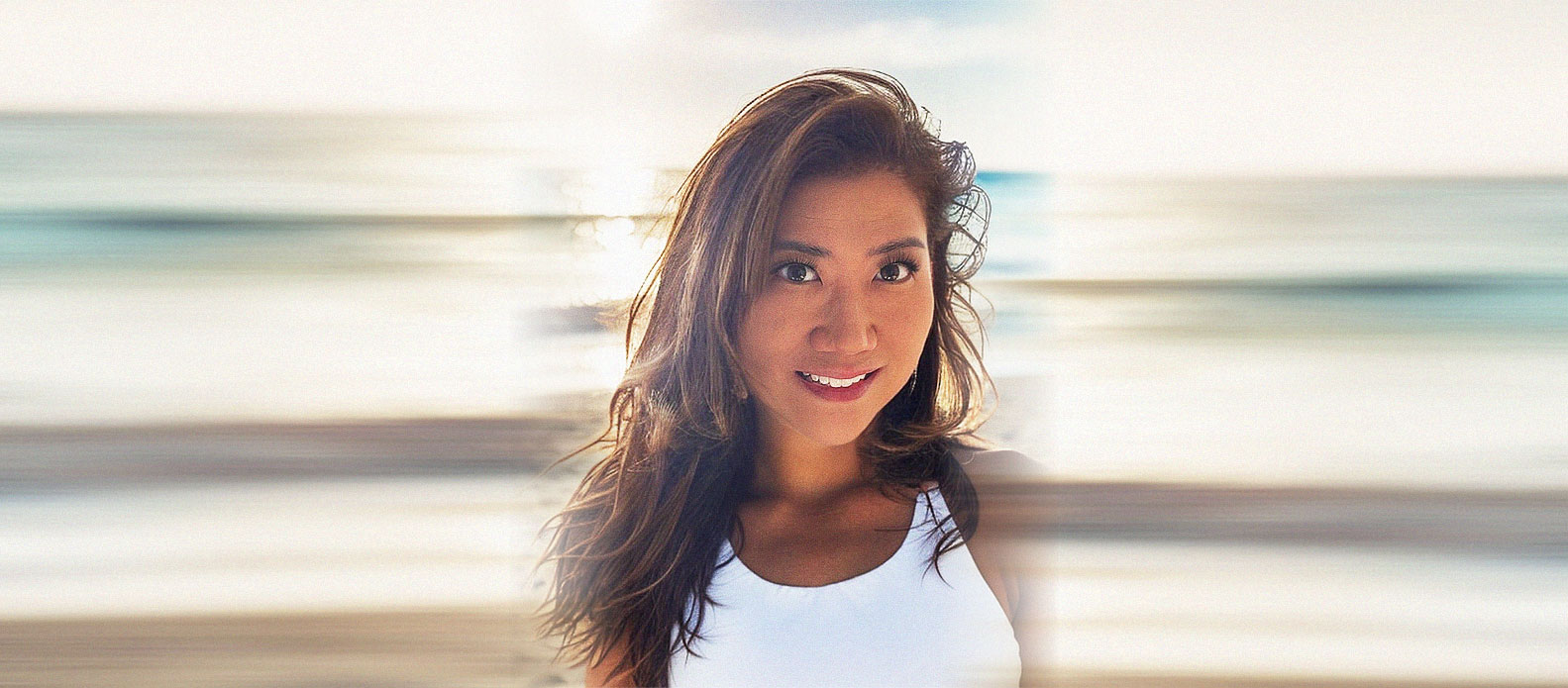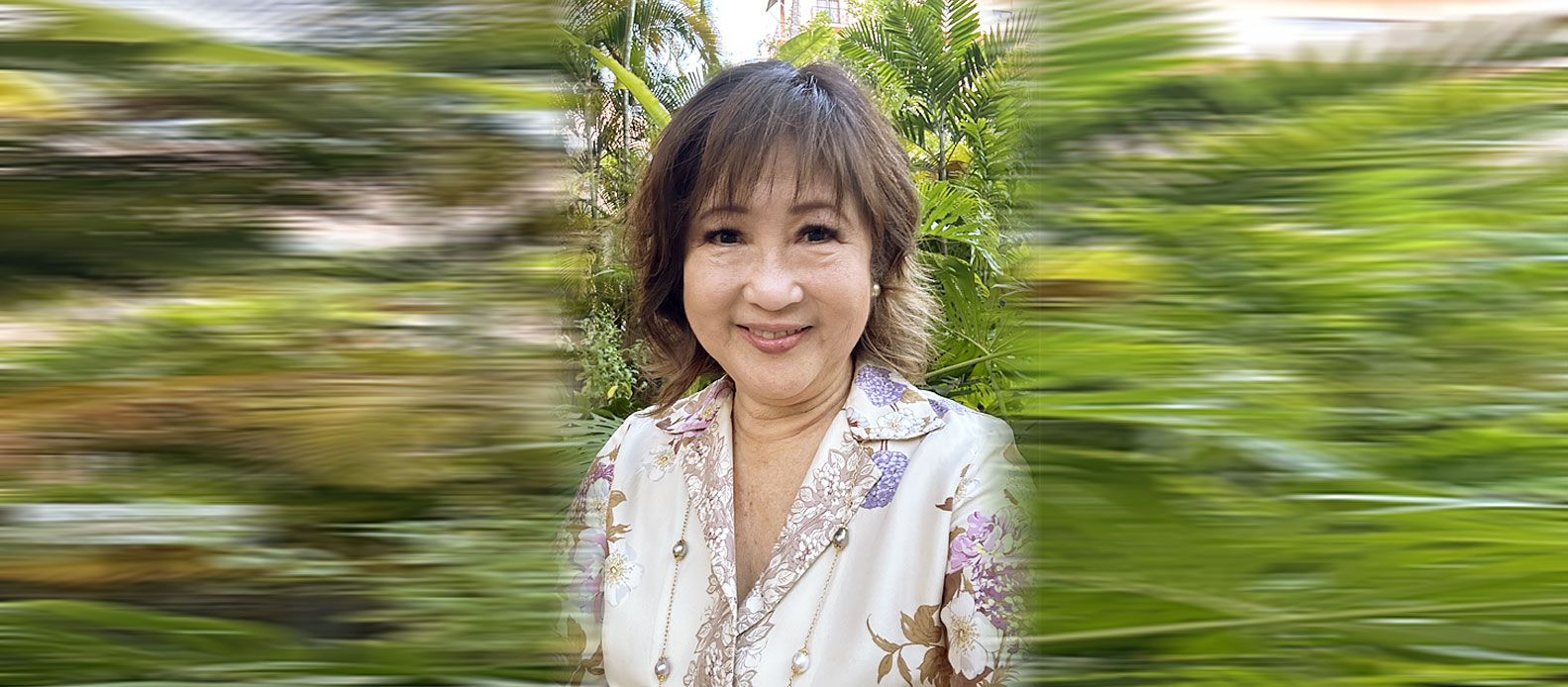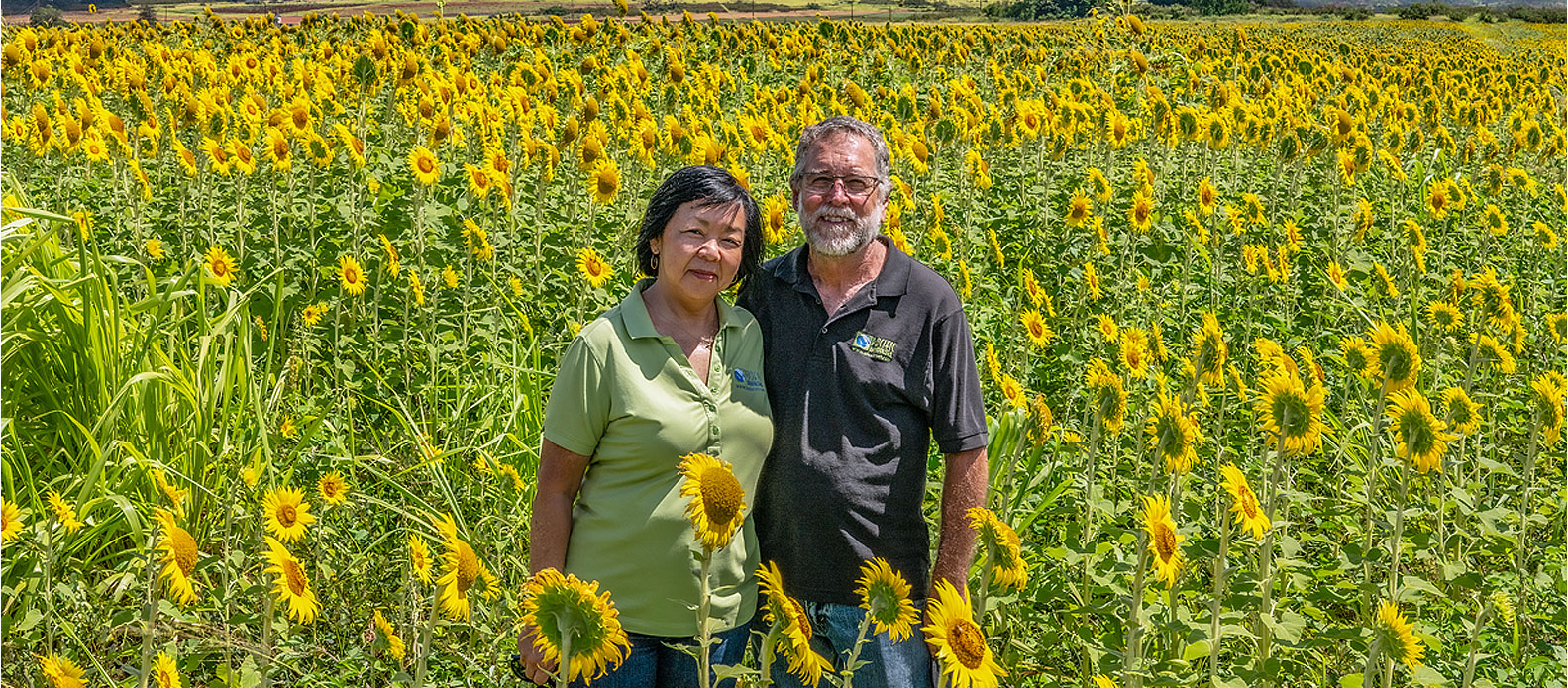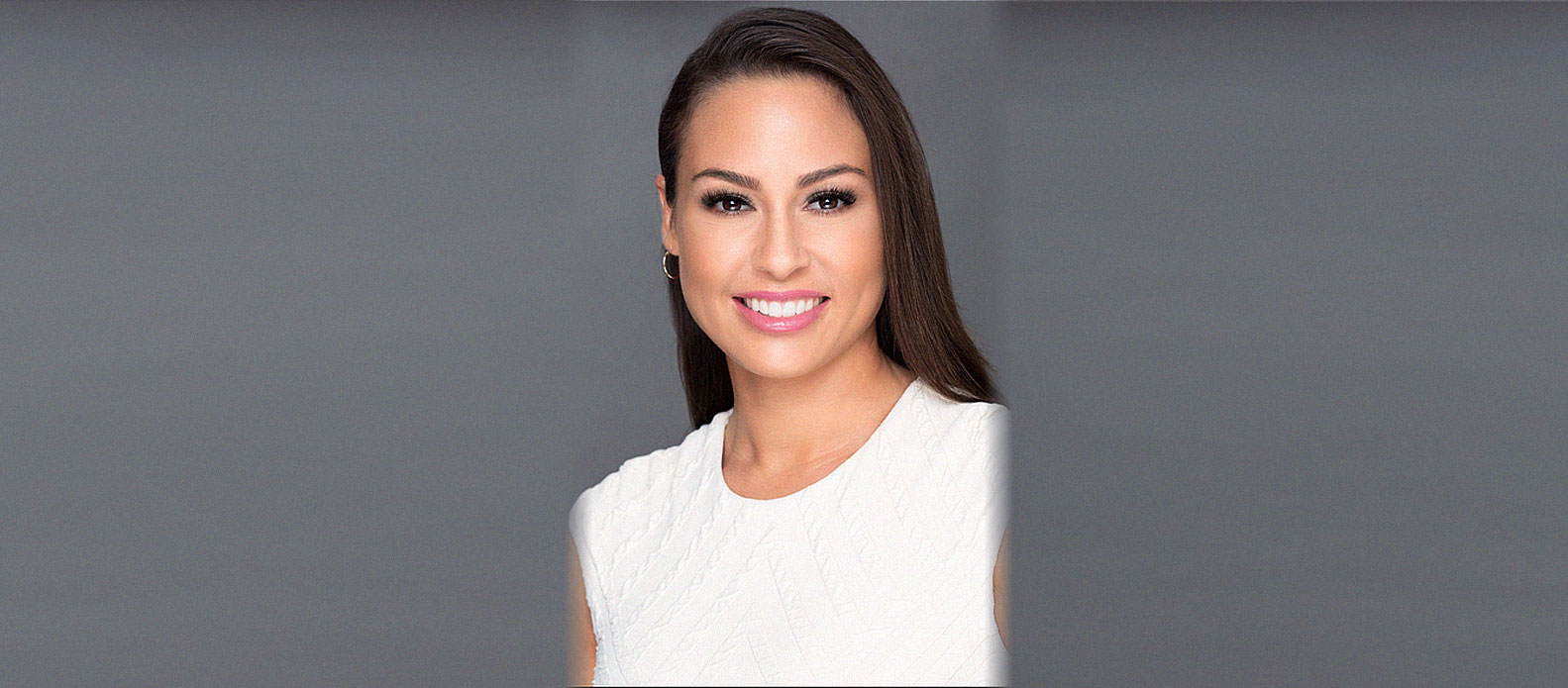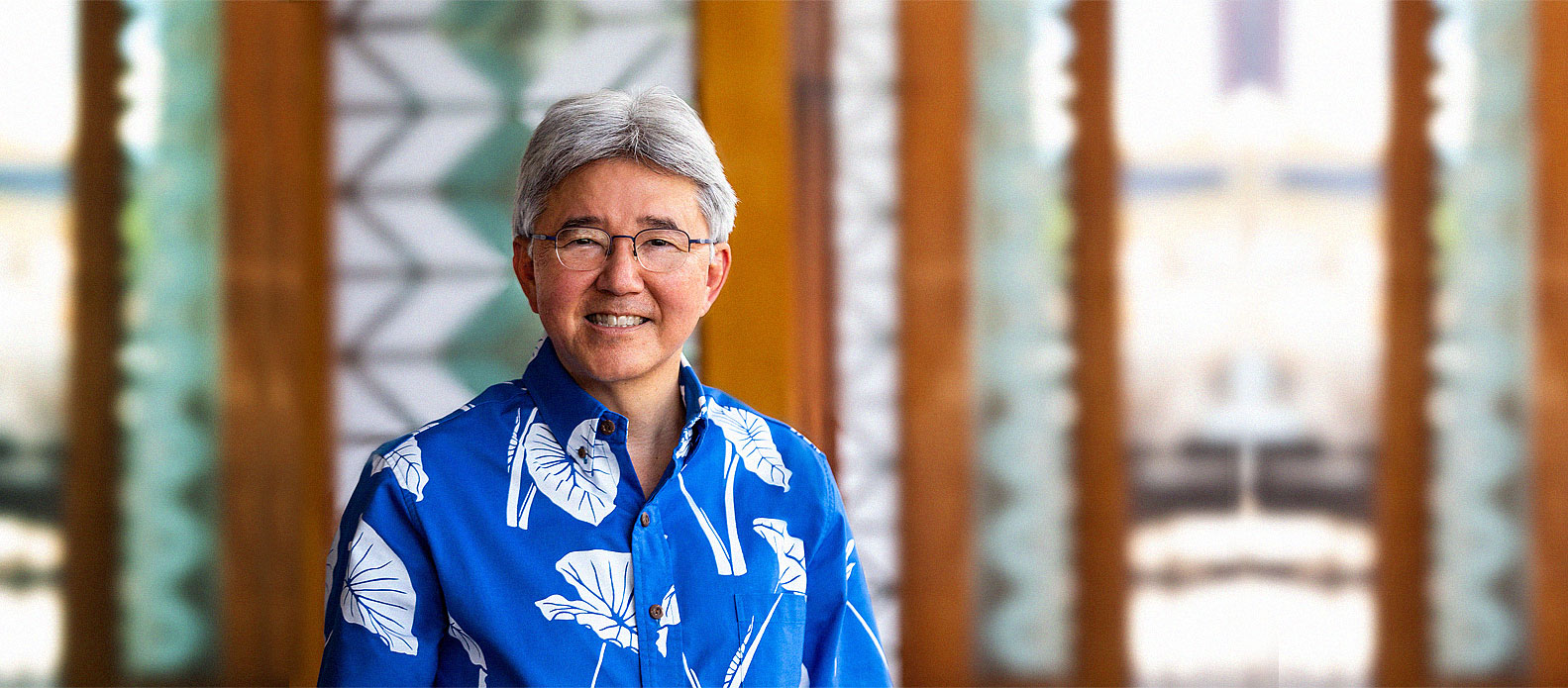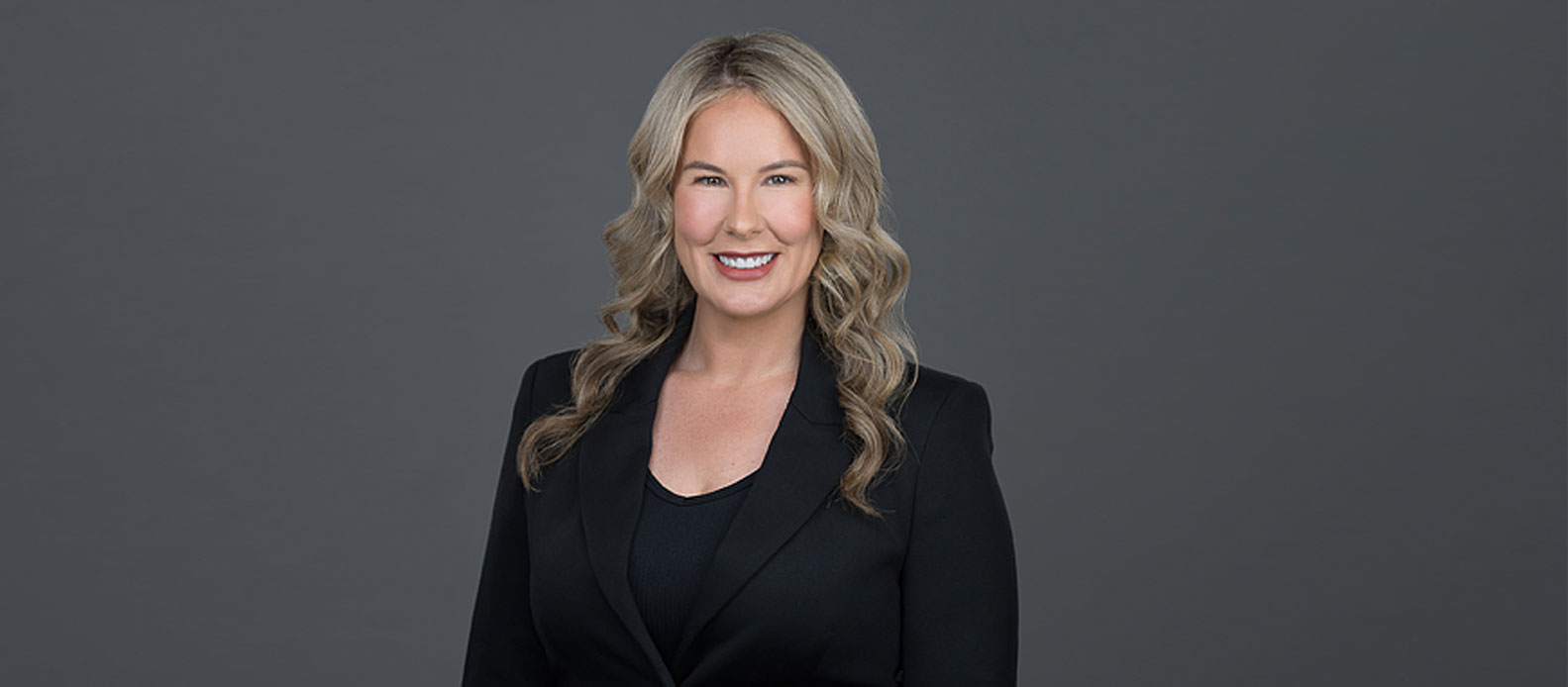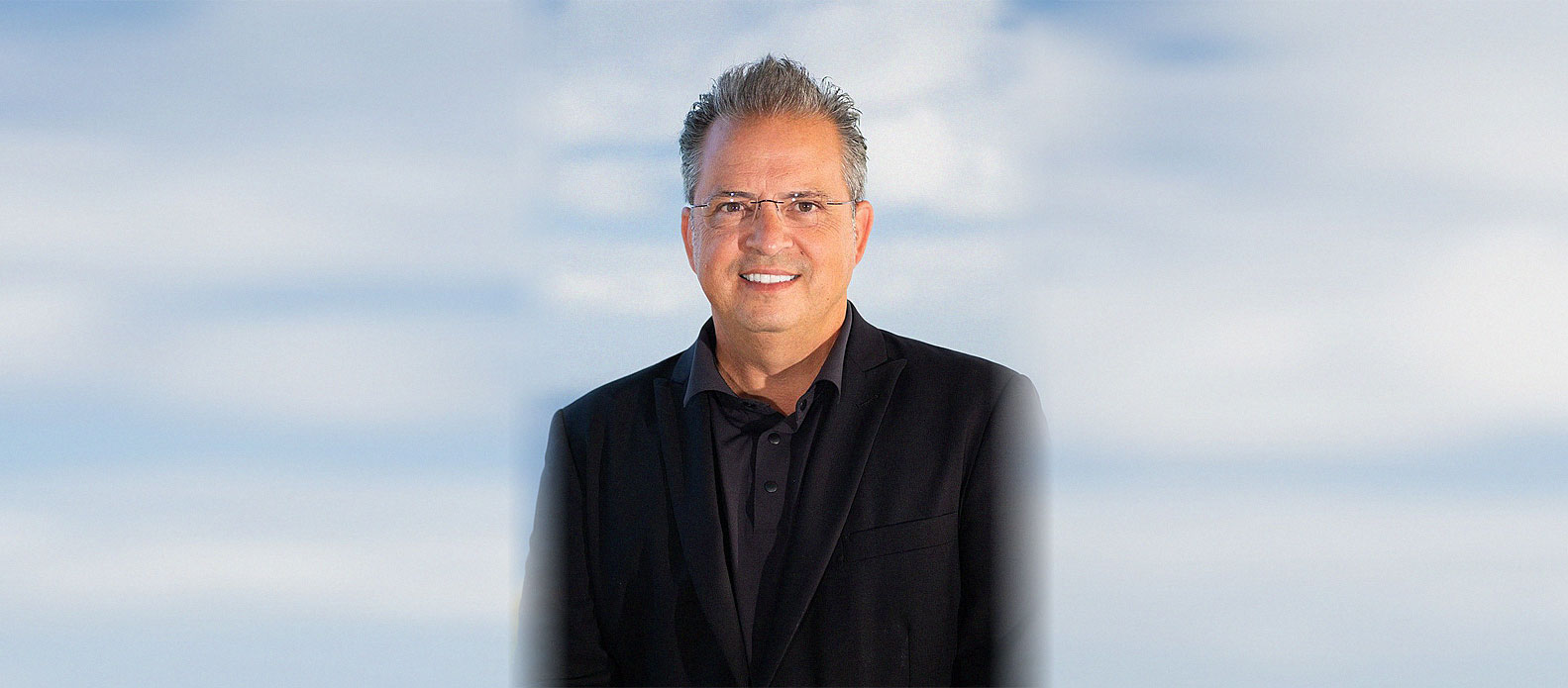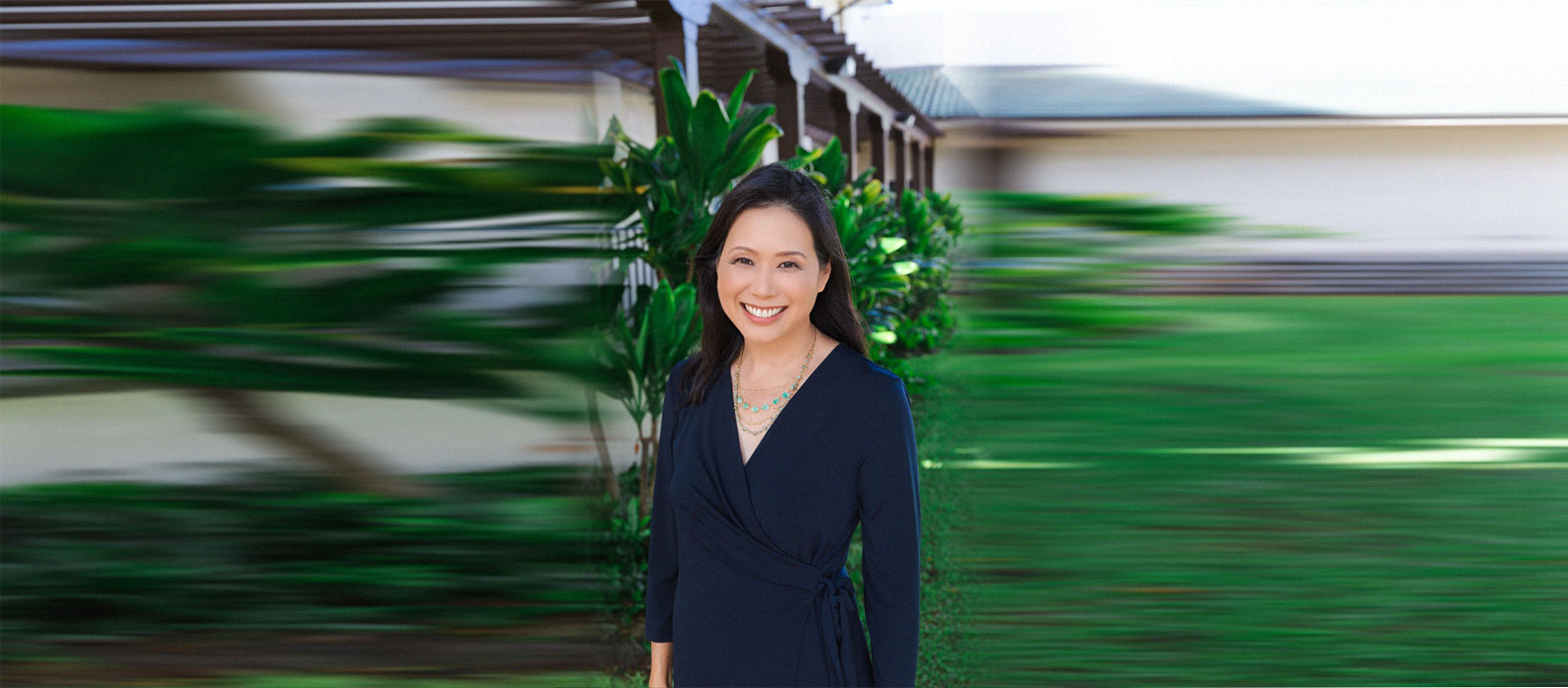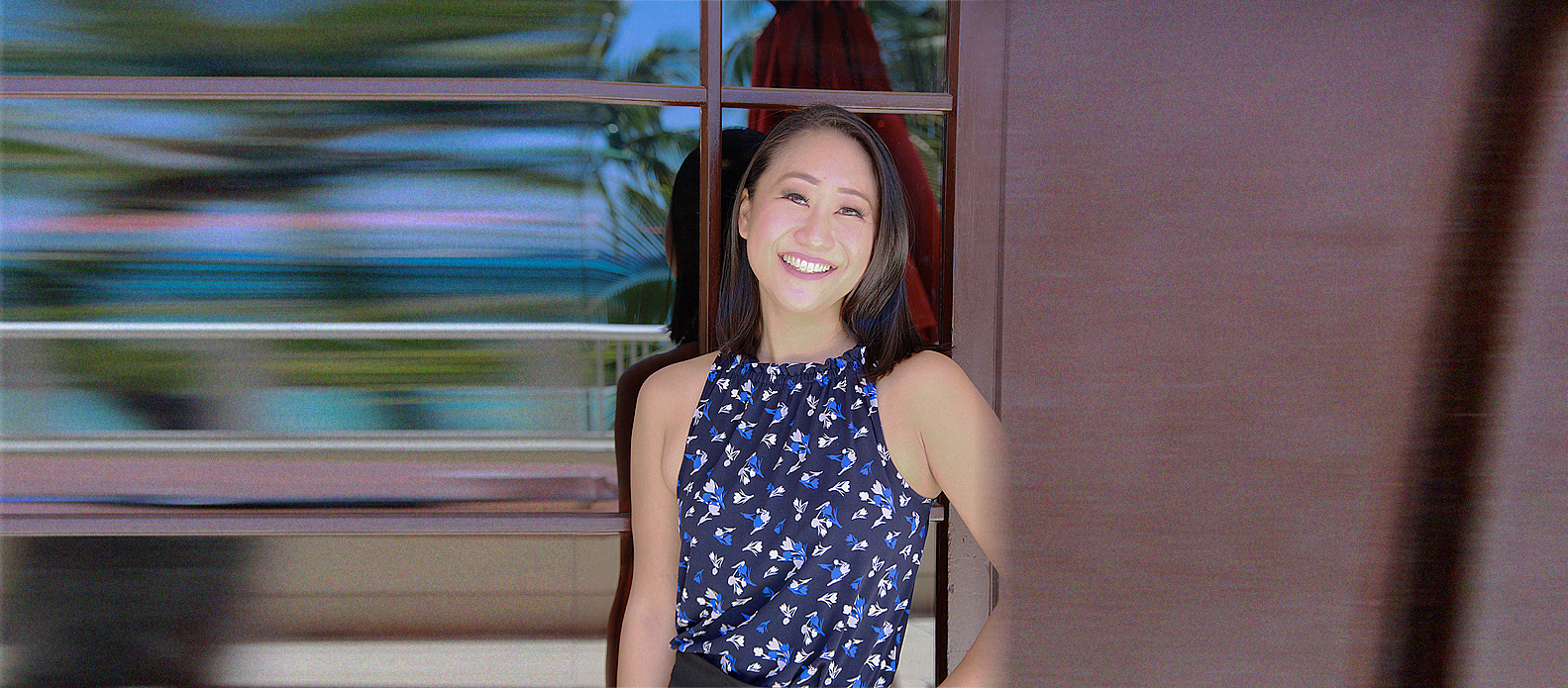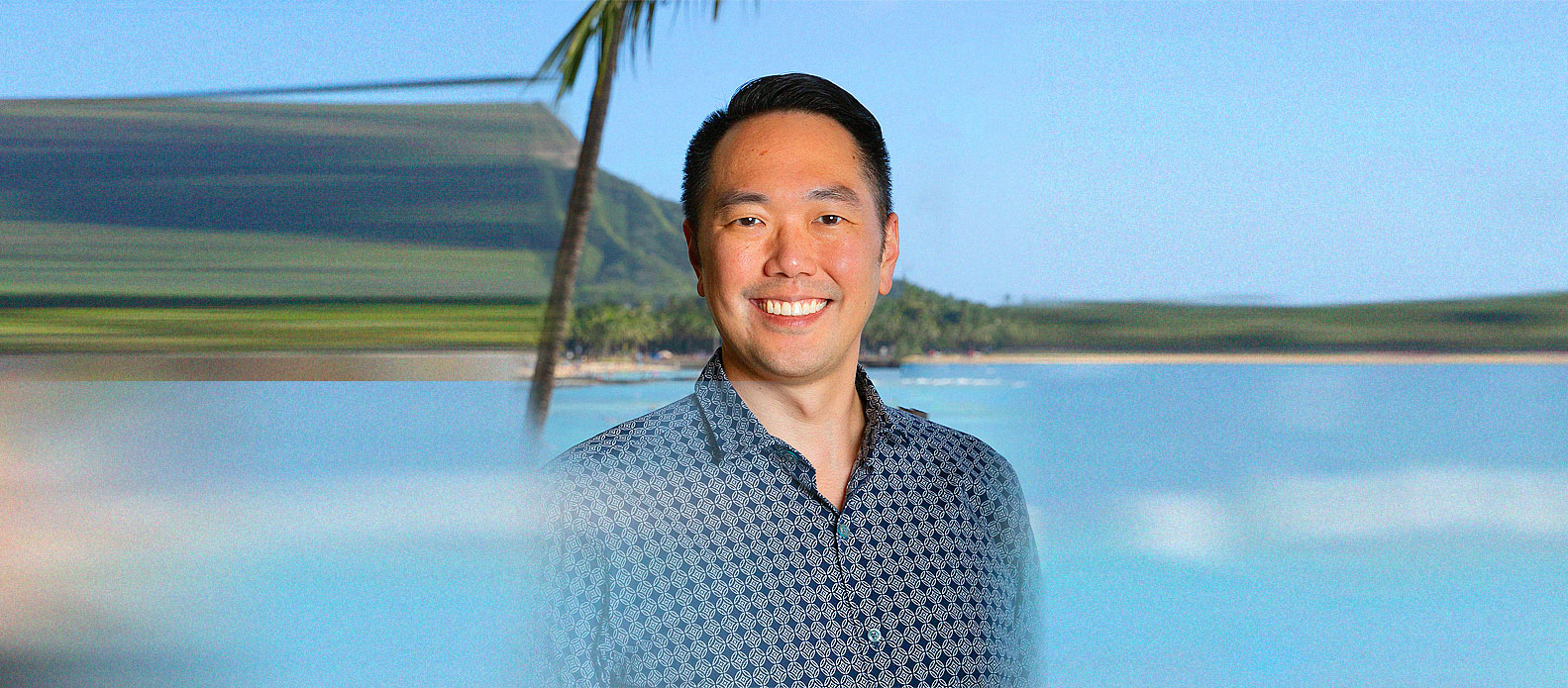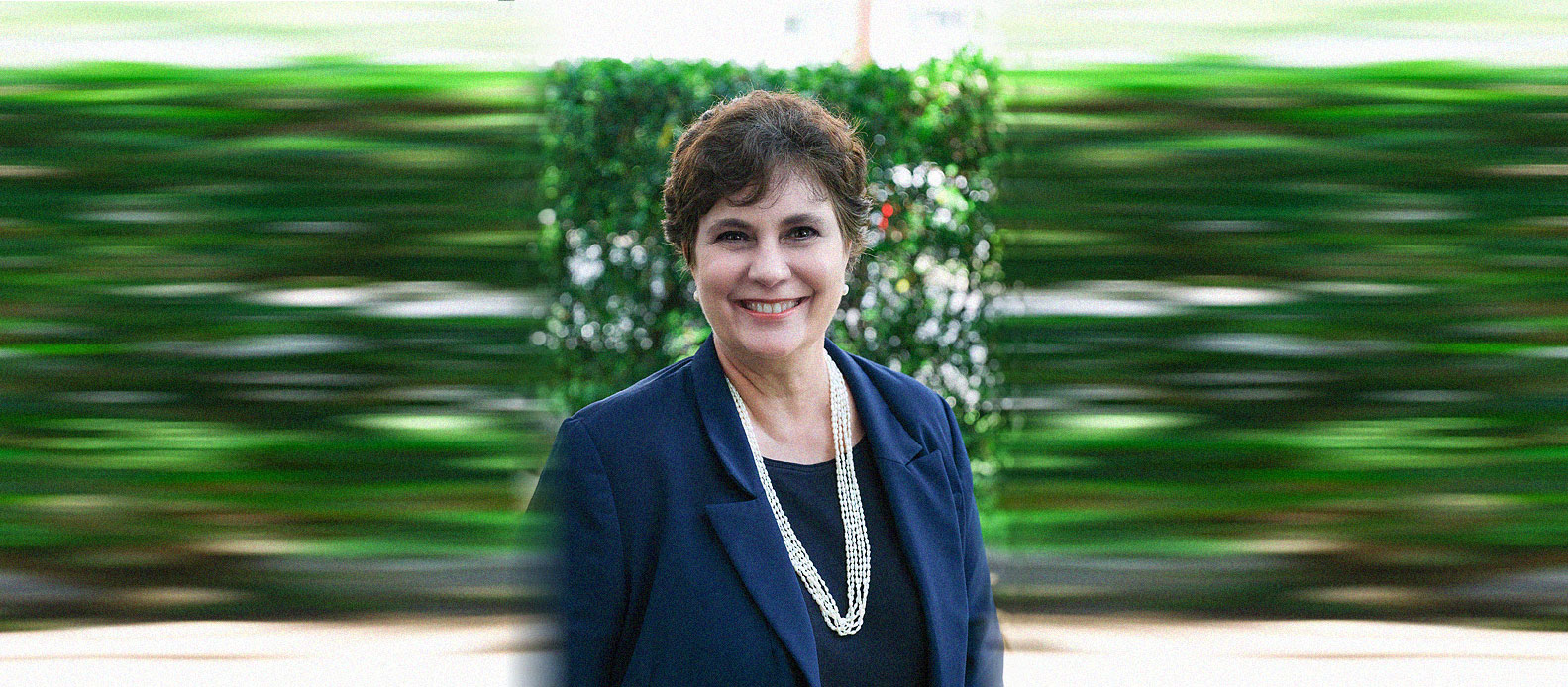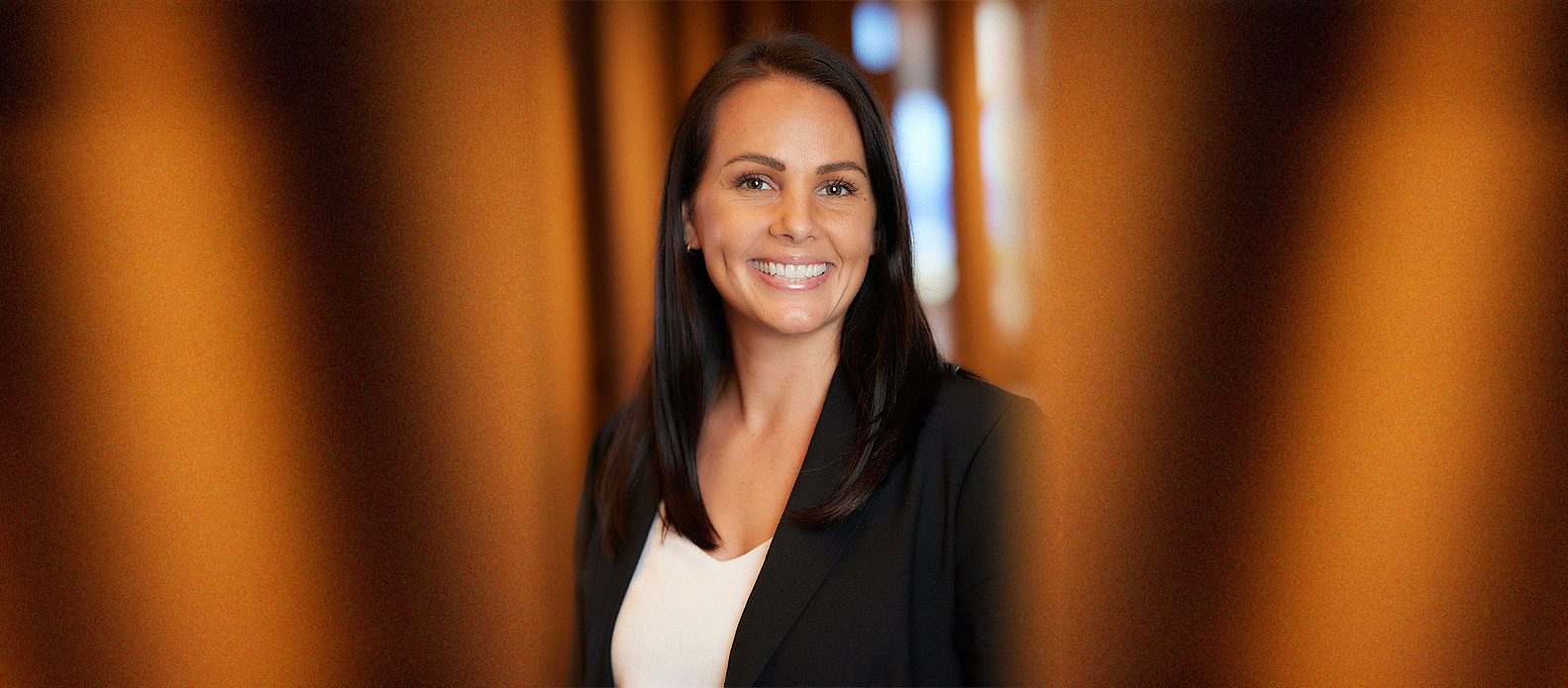John Morgan, president and sixth-generation owner of Kualoa Ranch, on sustaining a more than 150-year-old cattle ranch, private nature reserve and family legacy
At what point did you know you wanted to go into the family business?
I started working here 45 years ago, working summers from when I was 14 and we had five employees. Before that, I worked at my friend’s mother’s flower farm in the summers when we were 12. Work ethic was just really strong in our family. That’s what you did, and it was always in agriculture in some way or another.
I kept working at the ranch during the summer while I was in college studying economics at Oregon State, and halfway through my second year, I asked my father if I could try to make a career here. There was kind of a hedonistic reason—it wasn’t a bad deal having a surf spot by your house.
When he said yes, I moved back and went to the University of Hawai‘i, still majoring in economics because I thought it was a good foundation for understanding everything, whether it’s microeconomics—understanding business—or macroeconomics—understanding the world. But I started to take other things I thought would be appropriate if I anticipated running the place—Hawaiian language, accounting, horticulture, agronomy, marketing—anything to improve my skill set.
I had enough credits but I never actually ended up graduating. I had a good job, I had the girl—my wife, who I met at the university—and it was a long commute from Kualoa to UH.
You’re the sixth-generation owner of Kualoa Ranch. Can you tell me about your family history and how the business has evolved over the years?
My great great-great-grandfather, Dr. Garret Judd, came to Hawai‘i in 1828 and became a minister for King Kamehameha III. The king sold the ahupua‘a of Kualoa to Dr. Judd after the Great Mahele, when land ownership was first started in a formal way. It was an act of trust—the land is a special place with a lot of Hawaiian cultural legends attached to it.
One of Dr. Judd’s sons, Charles, expanded the ranch by buying Ka‘a‘awa to the north and Hakipu‘u to the south, so by 1880, the whole ranch was more or less the size it is today—just under 4,000 acres and spanning three land divisions or ahupua‘a. It’s been our stewardship responsibility to take care of it, and that part has gone unchanged through the generations.
What people have tried to do with the land has changed over the years, but it’s always been an agricultural operation. We’ve been cattle ranching for 150 years or more, and cattle is still the dominant land use today from an acreage point of view. We’re actually growing that part of the business—there’s been more demand for our natural grass-fed beef than we have supply.
But other things have changed, and today Kualoa Ranch is a lot different than it was a long time ago. When I started working here 45 years ago, the business was unsustainable. We didn’t want to sell it, we didn’t want to develop it and we didn’t want to just be a landlord. We wanted to be a hands-on manager and steward of the land.
I was the first one in my generation to be on the family board of directors, and I became manager of the property in 1981. At that time, it seemed the best way to allow for business expansion and become economically viable would be through sharing the property with visitors. The first thing we started was horseback rides, then in 1985 we expanded that to ATVs tours, a gun range, jet skis, scuba diving and all kinds of other activities.
Were other businesses doing the same? How were you influenced by trends within the tourism industry?
The mid-80s were a real growth period in Japanese tourism. The industry was dominated by the travel agencies, and targeting the agencies worked well for us until the mid-90s, when things started to get very challenging. Japanese tourism started to drop off, competition got fierce, there was the Gulf War and the SARS crisis and a bunch of different macroeconomic influences that led to some very difficult years in the late ’90s. Then 9/11 happened, which had a huge impact on everybody in Hawai‘i.
So along the way we had to do our SWOT analysis and really identify our core competencies. We realized it was the character and the essence of the land, and the stories and legacy of stewardship, that were our strong points. Kualoa is a beautiful property with a unique history and a deep connection to the Hawaiian culture, so we got rid of the activities that didn’t fit—the jet skis, the gun range, the helicopters—and really focused on that.
What are some influences that have shaped your vision for Kualoa Ranch?
My mother left me with a real passion for landscape. We pay a lot of attention to landscaping so that we maximize the value of the experience that people have here. Kualoa is naturally an awe-inspiring place, but sometimes it helps to choreograph the view.
This isn’t just an incredibly beautiful location, it’s a working agricultural operation. When you combine that with a focus on landscape and knowledge of the visitor business, it’s a never-ending job of creating the optimal experience, of creating places with a specific purpose, where the focus is always on the customer. So instead of just looking at a view, you’re looking at a view with different components, laid out in a way that people can experience them.
We’re in the process of repurposing the old Jumanji movie set into a piggery. It’s a pretty big building—over 6,000 square feet—that we rebuilt right on the tour road so we can talk about it. All of the ag we try to do in a way that makes good sense for ag but in a way that people can experience it and promotes local agriculture.
So besides the cattle operation, all of the diversified ag on the ranch serves the dual purpose of a visitor attraction and educational experience. How did that come about?
We had a bunch of areas that my father and ancestors before him had traditionally leased out to farmers. As they aged out, instead of looking for new farmers, we took it over ourselves and integrated the farms. We were then able to expand our offerings, going from horses and ATVs to expanding more on the tours.
People will seek out a zipline or horseback riding, but there aren’t many people waking up in Waikiki and deciding they want to go on a jungle expedition. We had to position Kualoa Ranch as a destination to differentiate us from other places offering the same activities.
We have four main tours, each an hour-and-a-half long and narrated by a guide. As you’re driving through these places, they tell you about the flora and fauna, the Hawaiian culture and history of the land, our agriculture operations, the movie sets. That’s our strength—our cast of characters, so to speak. The quality of our staff is of key importance, and we have absolutely wonderful people sharing the stories of the property.
What inspired you to add electric-assist mountain biking to the lineup of activities?
We recognized a niche we weren’t serving: the athletic oriented. We originally looked at hiking, but the hiking market is a relatively small market—you can easily hike for free and there are tons of trails out there. Same with the bike enthusiast—they’ll just do it on their own. So we had to do something with a value-added component, and electric-assist mountain biking isn’t big in the industry yet. We’re also launching a kayaking tour.
For each of these things, we thought about who the target market is, how big it is, how we’re going to reach them, how good quality is the product and can we dominate the market and compete in the marketplace. From a business perspective, we try to thoroughly analyze all of the opportunities and go in directions where we think we can make a difference and provide value to the customer.
Back when we were trying to promote Kualoa as a destination, we looked at launching immersion tours based on consumer preferences. With all of our ag expansion, we’re about to launch a farm-to-table tour that ends in a culinary experience where everything is produced on property. There’s a huge market for that.
What do you think prompted this demand for cultural immersion and “soft adventure” travel?
There’s always going to be the demographic that wants the Disneyland experience. Disneyland is not for everybody, but it’s a great place. As the middle class grows and leisure travel becomes more commonplace, you’re always going to have the leading edge that says, “I don’t want the run-of-the-mill.”
More than 70 Hollywood films and hundreds of TV shows and commercials have been filmed at Kualoa Ranch. Where does that fit in the picture?
A lot of our customers really like that aspect of the ranch, but the movies are just an ancillary part of what we do here. Besides the tours and other activities, we also do special events and sporting events like the XTERRA Trail Run. We did the white party Diner en Blanc out here last year, and Outstanding in the Field, which we were the venue for, has been a great thing. It’s especially heartening seeing so many local people come out and bring their families here for events like the Hawai‘i State Farm Fair.
What’s the intent for the Kaiaulu Ko‘olau project?
Not everybody who lives here embraces the visitor industry. At some point, we’d like to be able to help more local people benefit from the visitor industry. The key is for local people to be able to welcome guests on their own terms.
Starting your own business is really difficult, so we’ve been thinking for two or three years now how to help take that headache away for locals looking to either make a little extra money or share their aloha. Part of it is people just wanting to share their aloha.
It’s kind of like a farmers’ market. It’s hard to make money wholesaling produce, but if you’re selling a smoothie or other value-added product, you’re selling an experience, whether it’s in the taro patch, lei making, pounding poi or lauhala weaving. So if somebody wants to make some extra money taking people fishing or pig hunting one day a week, we would be the ones connecting them to visitors looking for that off-the-beaten-path experience.
We’re not looking to own any part of it, just facilitate the process and create positive experiences between local hosts and guests. We have a relatively sophisticated reservation system that could serve as the portal if we identify demand on both the local side and visitor side.
Are there any plans to involve the public in Kualoa’s conservation efforts?
Our biggest environmental challenge is invasive plants. We usually work through partners on that, and we’d like to do more. We have a long relationship with an organization called Hui o Ko‘olaupoko, where they bring people out to do lo‘i restoration. I think there’s a big interest in that.
We’re the custodians of 2,000 acres of pristine mountains and other natural environments, so we would like to get more into those places where the voluntourism guest doesn’t see the visitor side as much, where they can go and actually make a difference.
What are some of Kualoa’s educational initiatives in the community and how have they benefited the Ranch?
The more our society grows and relies on supermarkets like Safeway or Foodland, the further people get away from agriculture. You don’t understand everything that goes into your food, so when it comes time to vote, you may not understand what you’re trying to make a decision about. And if you’re not passionate about it, you may not make the right decisions.
4-H is an organization that helps people get connected back to the land. We had the resources to start a 4-H Club chapter, so we put some facilities together behind Ka‘a‘awa town so that kids who don’t have the space to raise a cow or a lamb can ride a bike four-and-a-half minutes and do that. Besides building character, the program creates vital knowledge, awareness and understanding of local agriculture. I suppose the selfish part is that if we can get kids to do that, maybe they can come work here in the future.

